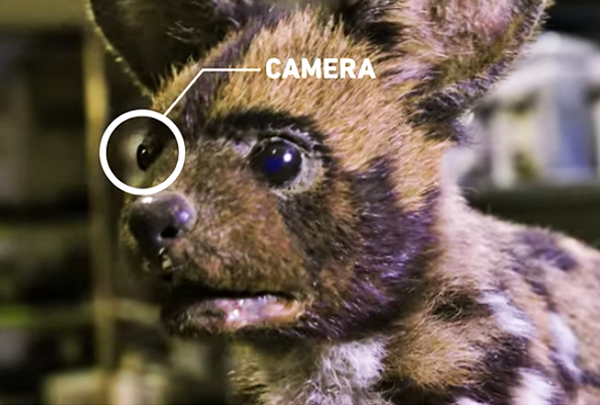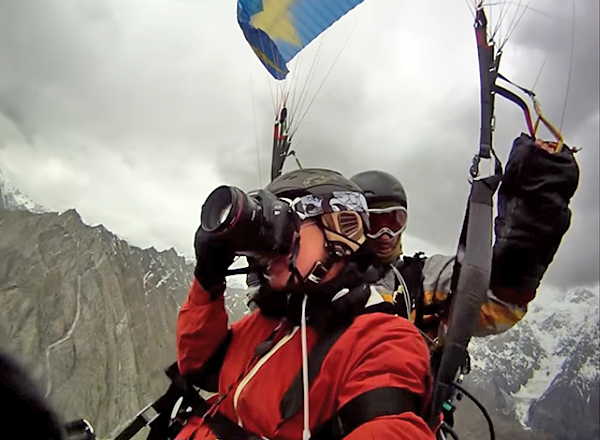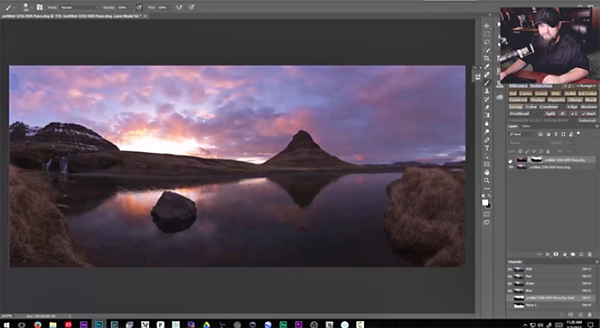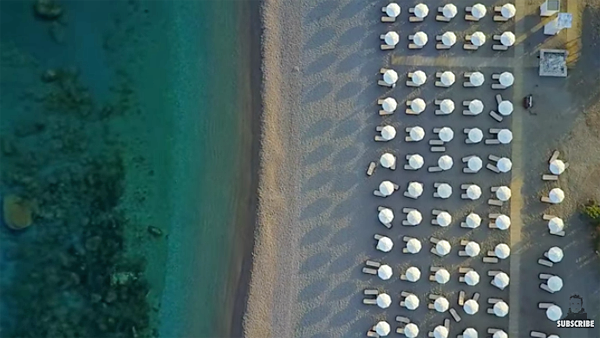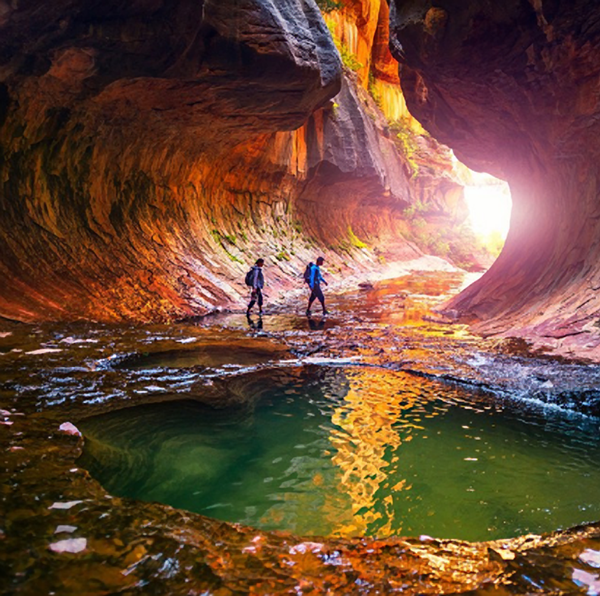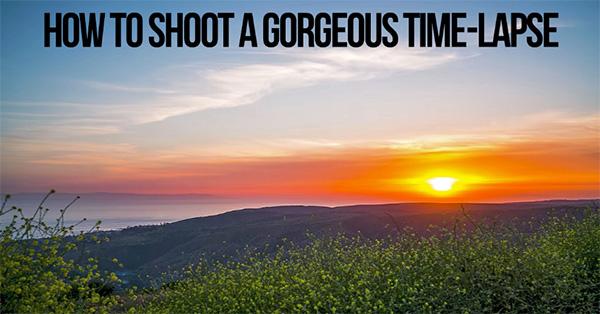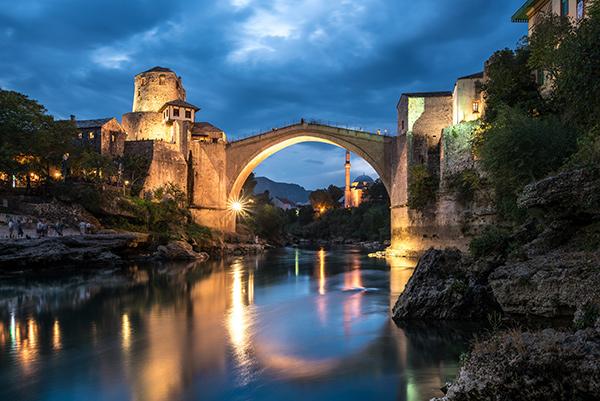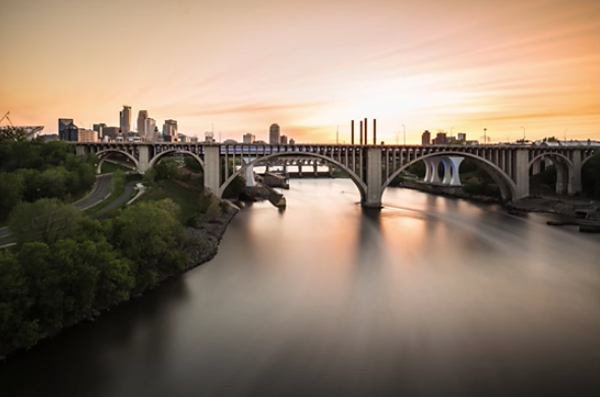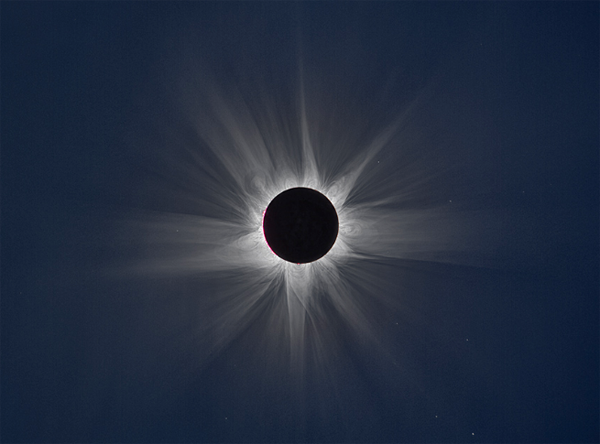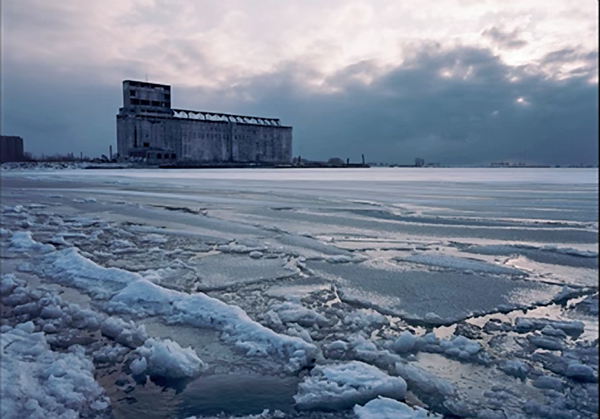|
May 11, 2017
|
May 10, 2017
|
May 09, 2017
|
May 09, 2017
|
May 09, 2017
|
May 08, 2017
What Does One Do After Selling MySpace for a Zillion Bucks? Become a Travel Photographer, of Course!
|
May 05, 2017
|
May 04, 2017
|
May 02, 2017
|
Apr 28, 2017
|
Apr 26, 2017
|
Apr 26, 2017
|
Apr 21, 2017
|
Apr 19, 2017


